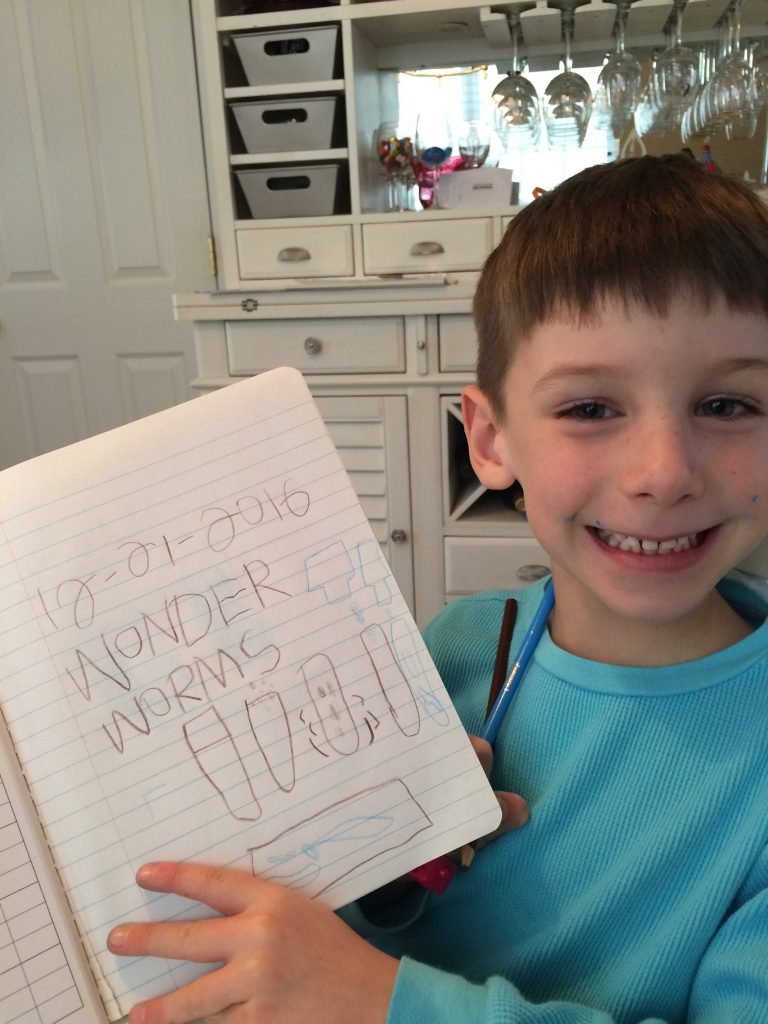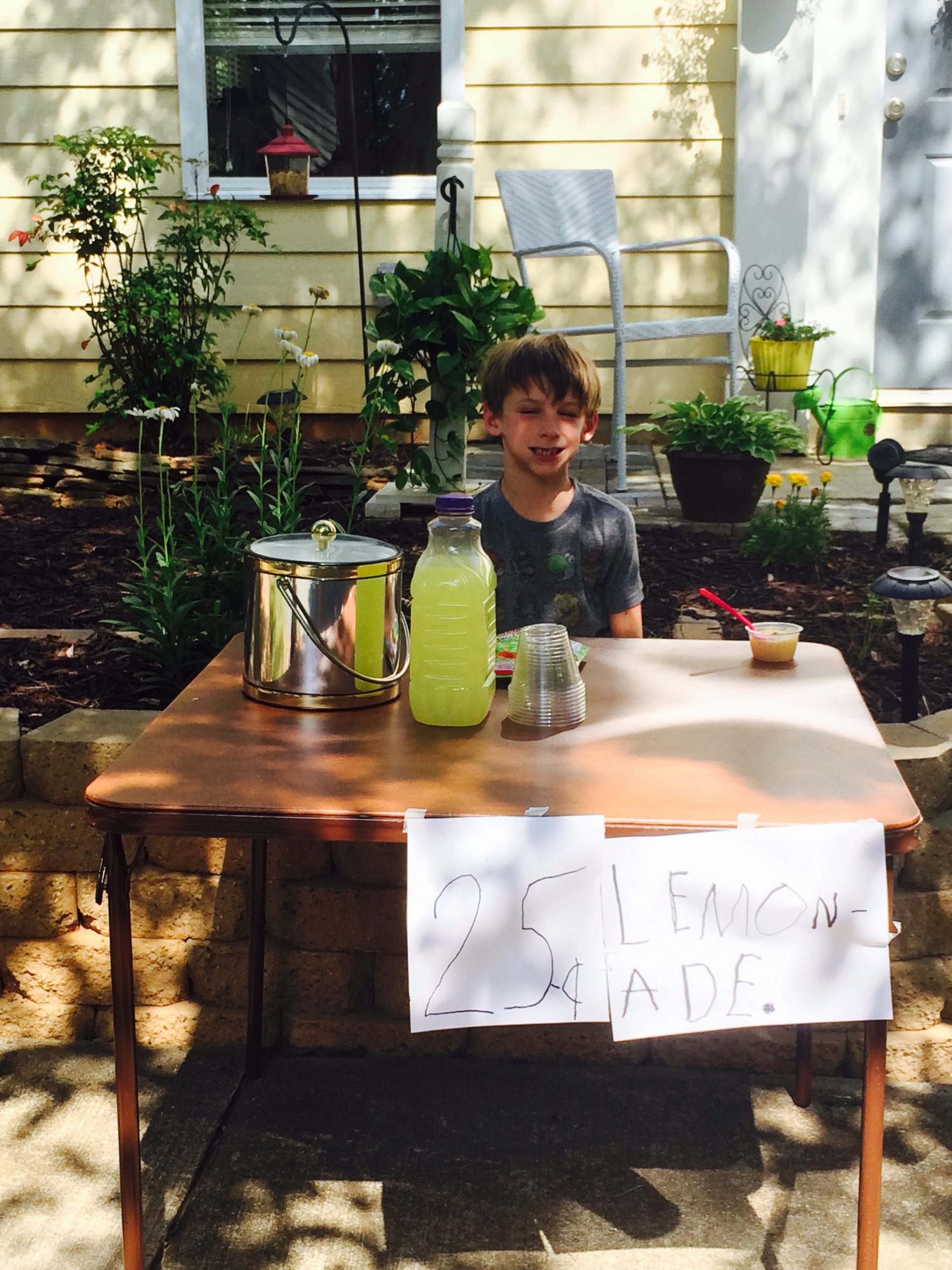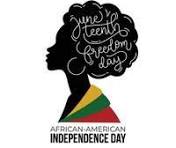Science learning in the classroom is not easy. Science is an inquiry, hands-on learning experience for students. However, it is difficult for students to have hands-on science with remote learning. Thus, adapting a way to get students to have a science experience remotely is difficult. However, there are many resources online that are usable for students and teachers.
It’s not easy to conduct a STEM class remotely. As students work from home, it does not mean they work alone. Many teachers talk to groups of students through the computer. Additionally, many children meet in small groups to work together remotely. They interact with students through meetings or personally. Thus, they can conduct an inquiry lesson or lead an experiment remotely or to a small group of peers. Classroom science from home enables students to share remotely, log into a notebook, or record themselves as they experiment.
Remote Science
Even though the pandemic brought about remote learning, science is possible. Students can engage at home and discuss or write for remote assignments. A little creativity goes a long way for scientific discovery. Lessons should center on safety so students can use easy to get equipment to perform experiments. Also, a video for hands-on exploration encourages students to ask questions, form investigations, and use data to develop science sense.
With asynchronous learning, students can participate or even lead discussion groups about the results of an experiment. Discussion groups help students to understand scientific concepts and clear misconceptions. Also, the groups form additional questions that lead to further investigation assignments.
Dr. Christine Royce is a former National Science Teaching Association (NSTA) president. She suggests several tech tools:
- Flipgrid – “Sometimes having students verbalize their understanding is more effective than writing it out,” Royce says.
- Idea Sketch – Students record additional ideas.
- Jamboard – If students are typically given cards for organizational purposes, they can put them into a Jamboard. This allows them to electronically manipulate the cards.
- Whiteboard.fi – This allows the teacher to make individual documents depending on each student’s needs.
Teachers need to figure which tools are best for them, and then allow their students to become comfortable using each one, Royce says. They need to design their learning.
Science develops analytical thinking skills. Also, it is a significant part of human culture. Through observations, students learn to predict outcomes and form conclusions on what they see.




